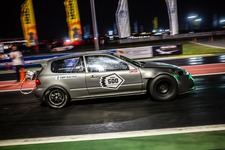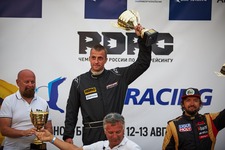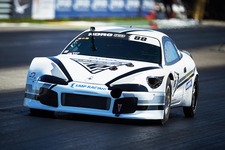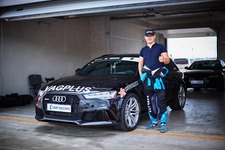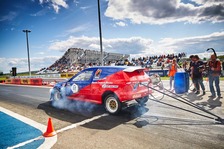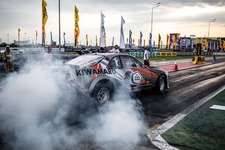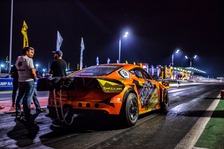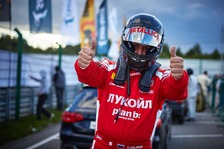Статьи на эту темуСамостоятельно на «Формулу-1». Россия. СочиСамостоятельно на «Формулу-1». Австралия. Альберт-ПаркСамостоятельно на «Формулу-1». Япония. СузукаСамостоятельно на «Формулу-1». Абу-ДабиСамостоятельно на «Формулу-1». Малайзия. СепангСамостоятельно на «Формулу-1». Монако
Hungaroring track is located 20 kilometers north of Budapest, so the Hungarian Grand Prix gives you a great opportunity to explore one of the most beautiful cities in Central Europe. Known as the «Paris of Central Europe „and“ Queen of the Danube, „Budapest is decorated with beautiful architectural structures, most of which were built in the late 19th century, when the city experienced a boom during the industrial revolution. 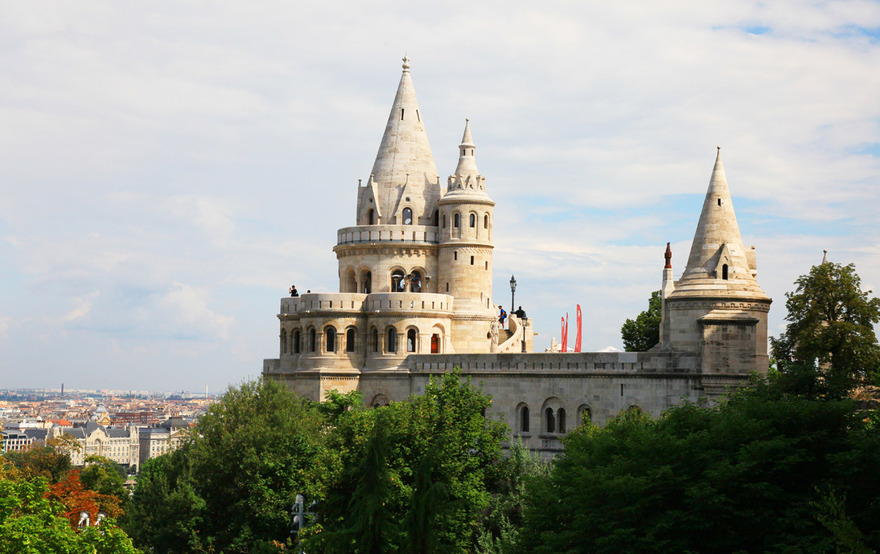
Four ornamental bridge connecting the old city of Buda and Pest shopping area, were built at this time. The weather is usually hot on all days of the race, which undoubtedly adds positive emotions.
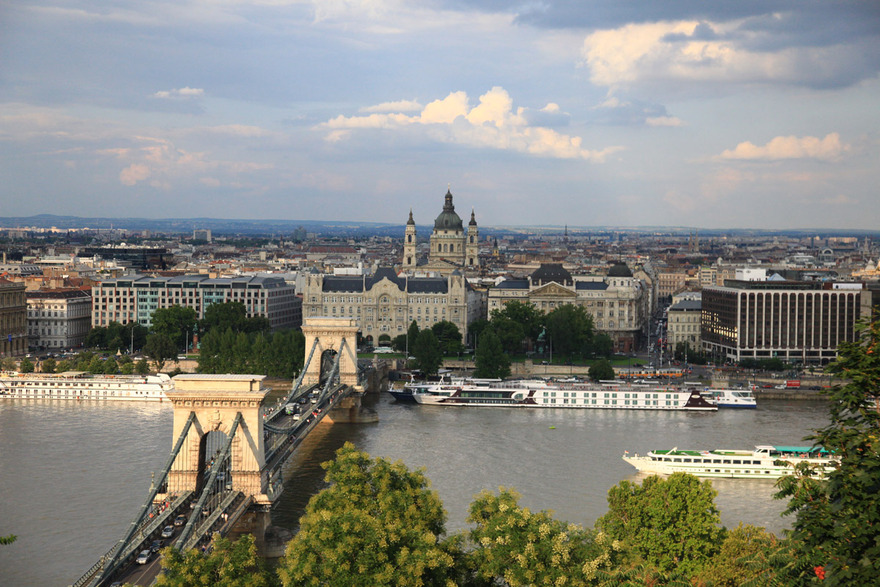

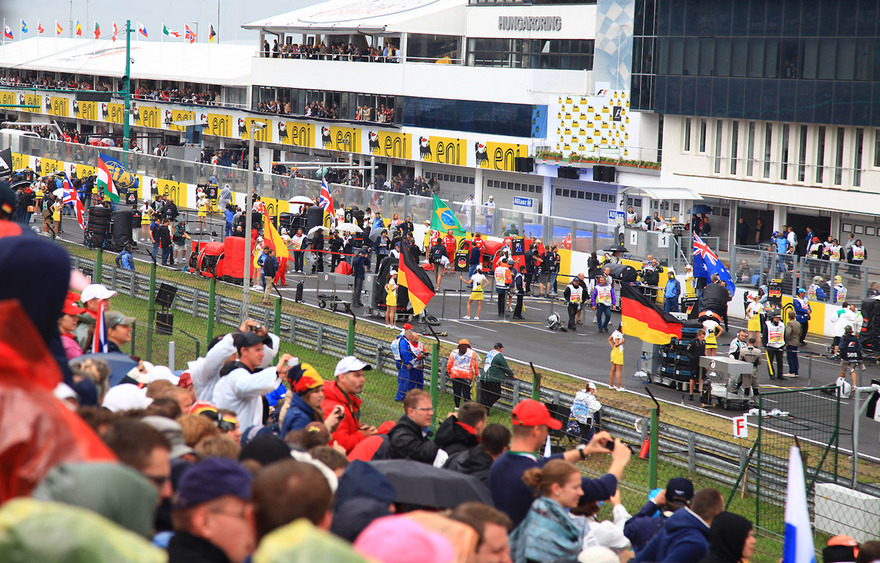
International road race in Hungary took place in the distant 1930, but after the Second World War and the emergence of the Iron Curtain, they stopped for a long time, until the motor racing has not received a «second birth» in this country.

In the early 1980s, the leadership of the Formula 1 was negotiating with the Soviet Union to hold a Grand Prix behind the Iron Curtain. The main goal was to organize a race in Moscow. However, the summer of 1983 the attention of decision-makers to hold a Formula 1 has shifted from Moscow to the side of Budapest, whose national sports organizing committee wanted to put their country on the map of world motorsport. Boss championship Bernie Ecclestone personally visited Budapest. The newspapers reported that Bernie charmed officials, and they gave the project a «green light».
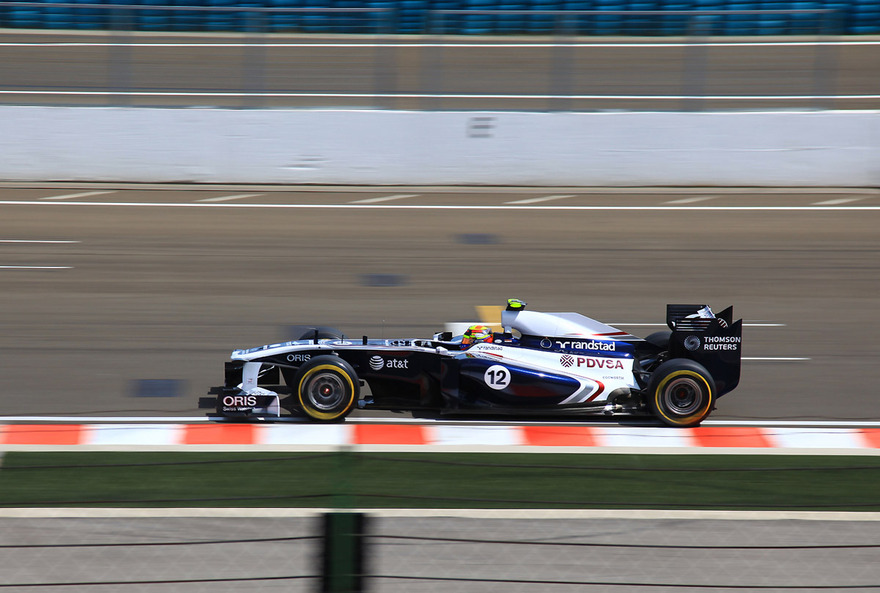

Initially it was proposed to hold the race on the streets of Budapest, like the track in Monte Carlo, but in the end decided to build a new track in a valley surrounded by 50 th hectares of hills, the town Modorod around (Mogyoród). This fact was unquestionable advantage as most of the route can be seen from any point of the race track. And in October 1985, work began on the Hungaroring that lightning flew in just 8 months. August 10, 1986-the first year, the first Hungarian Grand Prix. The race was attended by almost 200,000 fans, it was a phenomenal success. Ayrton Senna took pole position, but in the race came second. The first victory on the road chetyrehkilometrovoy celebrated Nelson Piquet.
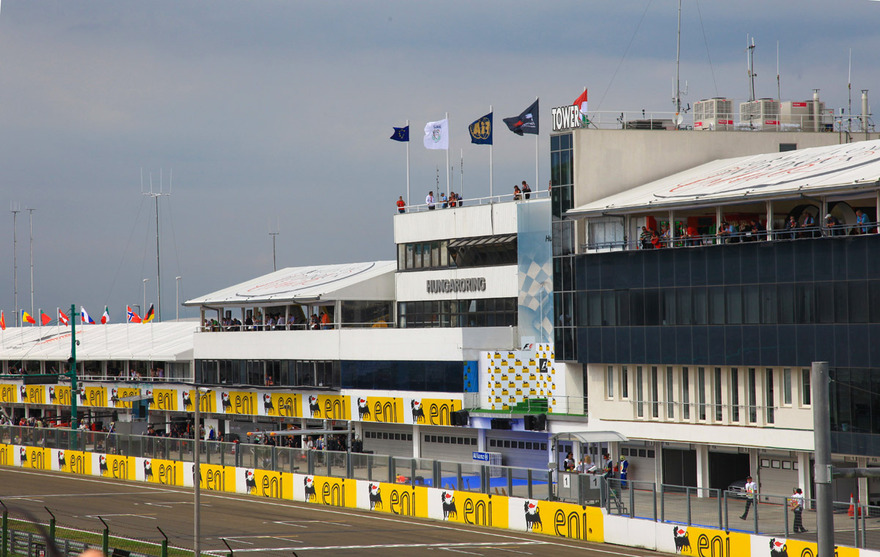

For several years he hosted the Hungaroring Formula 1, but after the change of political regime in the country, the Hungarian Grand Prix was constantly under threat of cancellation. First there were problems with financing, then poured pilots complaints about the condition of the track. The fact is that in the middle of August, when there is traditionally held the race, in the vicinity of Budapest is usually hot and dry. Even a small breeze picks up a sandy hill dust, sand and dry leaves them dotting the route. In this situation, the cars tires begin to lose traction and the dust clogged in the radiators, machine behavior becomes less predictable.
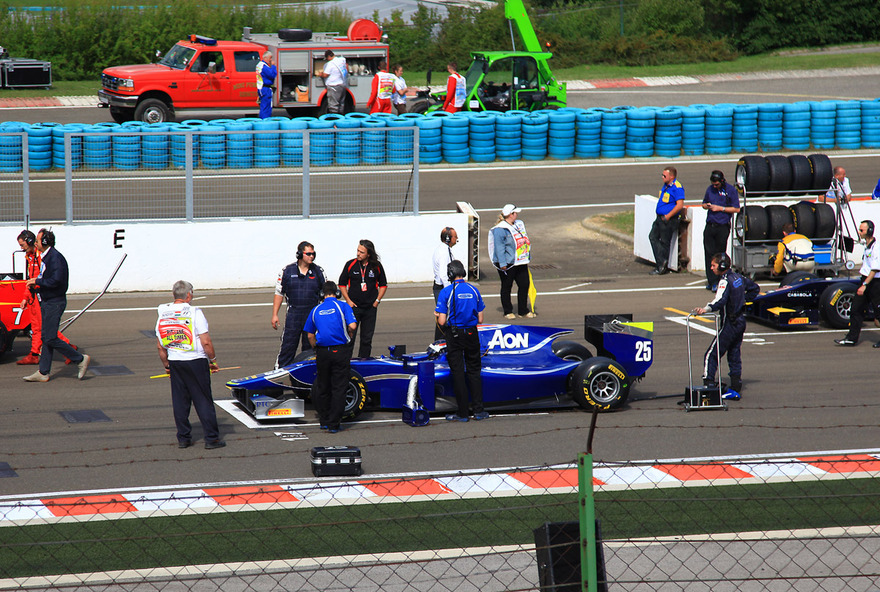

In 1989, the updated route, by turns ligament reconstruction of its length was reduced to 46 meters. In 1998, the figure runs again little changed since small changes were made constantly, almost every year building new stands. The last reconstruction was carried out in 2004, the year: extended direct start-finish line and changed the profile of the first turn. It was planned that these changes will allow riders to actively attack, which will undoubtedly increase the spectacle of the race, but in practice, overtaking was no more.
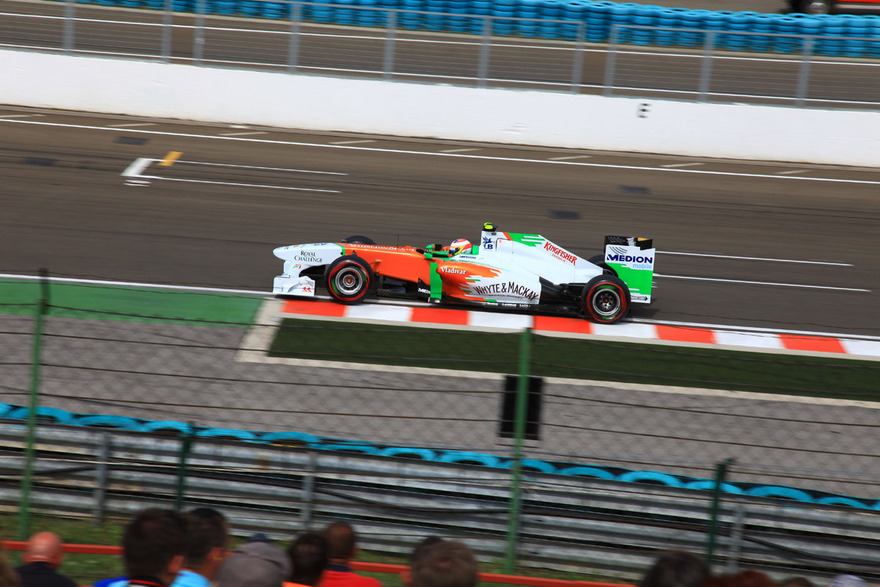

A lot of turns (there are 14) and narrow the track make the Hungaroring track similar to Monte Carlo, which is naturally reflected in the speed of passage, it is the slowest after Monaco. As a result, the key to success at the Hungaroring is a successful qualification and strategy of pit stops. «Here you are almost constantly in the rotation,» — said Adrian.
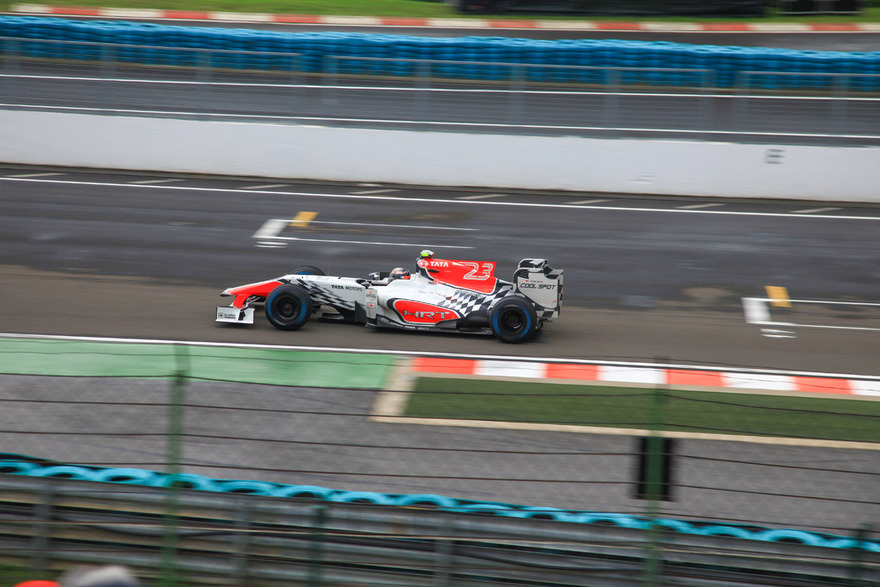

However, such a configuration of the route allows you to leave in the memory of the incredible overtaking and fantastic results. For example, at the Grand Prix in 1989 for Ferrari Nigel he was able to win, starting with 12 seats. This record was surpassed in 2006 — in the rain race his first victory in the Grand Prix of Formula 1 Jenson Button won after starting from 14th place! Fantastic finish failed to demonstrate Thierry Butsenu in 1990, which beat Ayrton Senna by 0.3 seconds!
3D-circle around the track
Became the first motor racing track behind the Iron Curtain, it is now an international Hungaroring track. In addition to the Formula 1 world championship is held here on the Touring Car (WTCC), the German DTM touring car championship, the race GP2 and GP3, Porsche Mobil 1 Supercup, as well as ETRC — European Championship races in trucks. In addition, at the circuit are held all kinds of motorcycle competitions, championships in karting and even ofroud. Here is a school of driving skills. In addition to the automobile competitions, the circuit conducts business and family events, conferences.
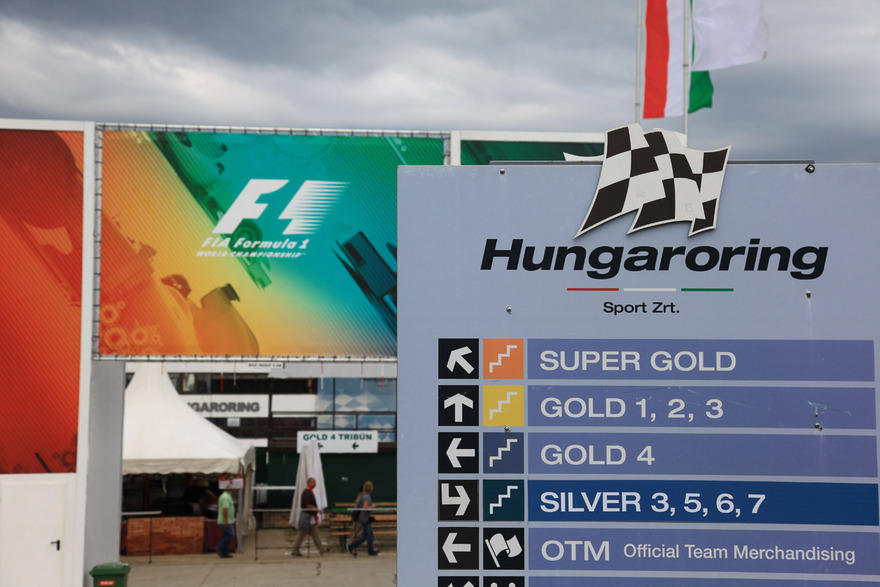

What you need to visit the Hungarian Grand Prix? Get a Schengen visa, buy tickets and come to the stage in Budapest, because this is where it is most convenient to get to the Hungaroring race track. Ticket prices are quite affordable, «stanchions» for the weekend 90 euros, tickets for the tribune of 130 euros for the weekend for children — a little cheaper. Those who wish to save the following is recommended for special actions. For example, we bought two for the price of one, plus a little extra for ticket delivery to Russia.
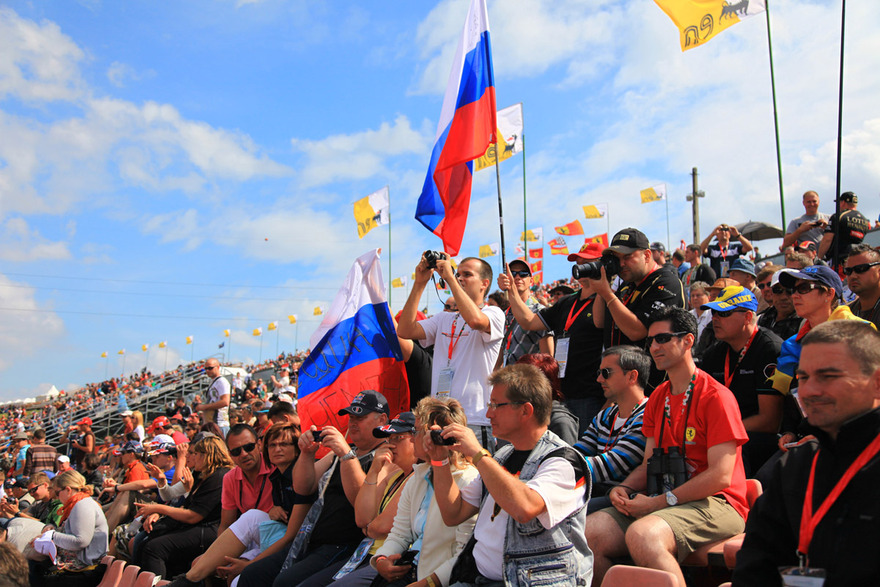

Driving directions from Budapest to the Hungaroring track in several ways: by train, by taxi, by free shuttle bus, by car or book a shuttle in advance (profitable and convenient when traveling group of fans).
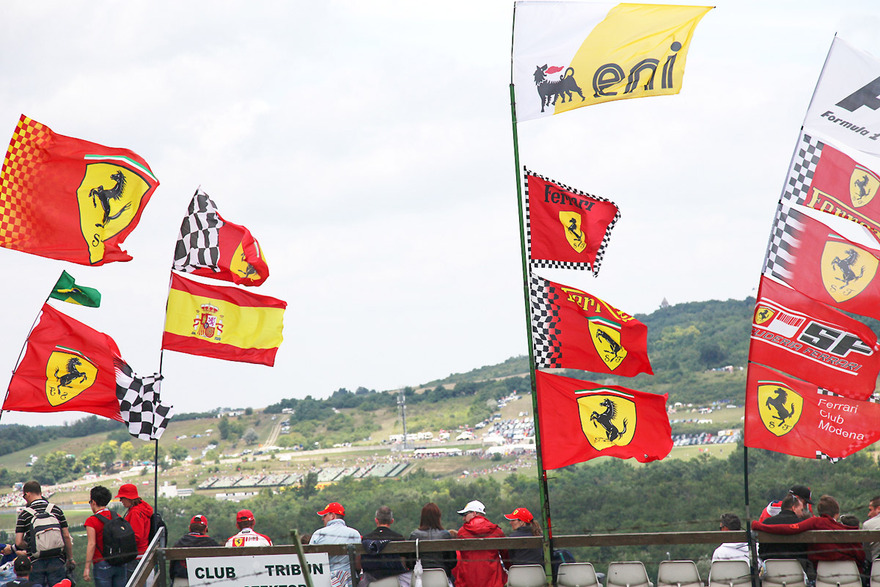

Thursday accessible walk along the pit lane, but on this day Free buses on the road has not yet been run. So we went on their own, first on the subway, then by train, and then on foot. Coming out of the subway station, Örs vezér tere (M2 red line, of course) quite quickly found a commuter train and bought a ticket for the H8 (next to Gödöllő) to the desired Szilasliget station and hit the road. When we left the train, with us on the platform rushed crowd. Of course, they were fans of Formula 1, they can be accurately distinguished by caps, T-shirts and backpacks. For this crowd we went, in the hope that those who come, knows exactly the right way to the race track. At first the road was on the village between private houses and sites, and then straight across the field, which is already located motorists: in the Hungarian Grand Prix can come in his car and live in a camp at the track. It is true charge.
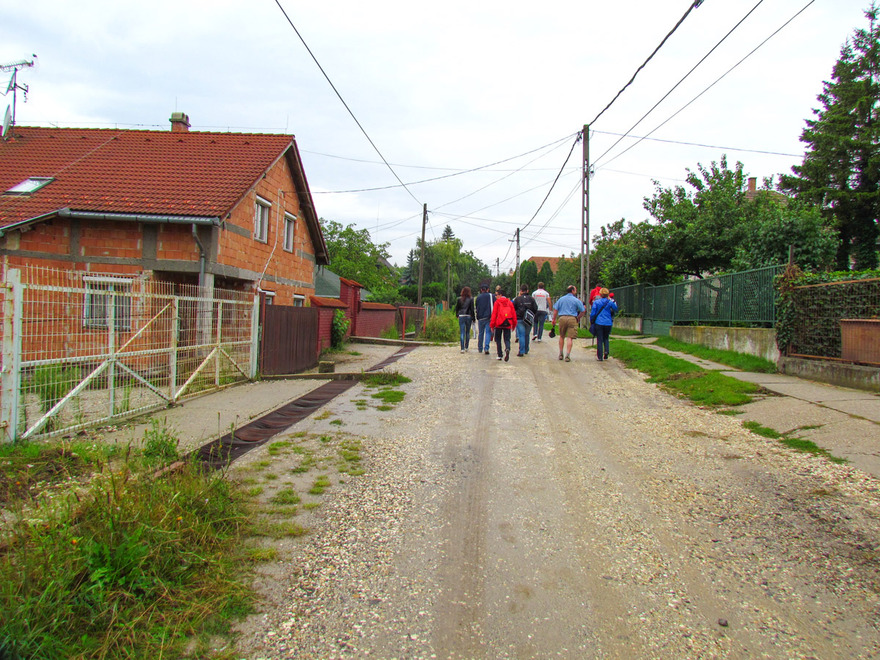

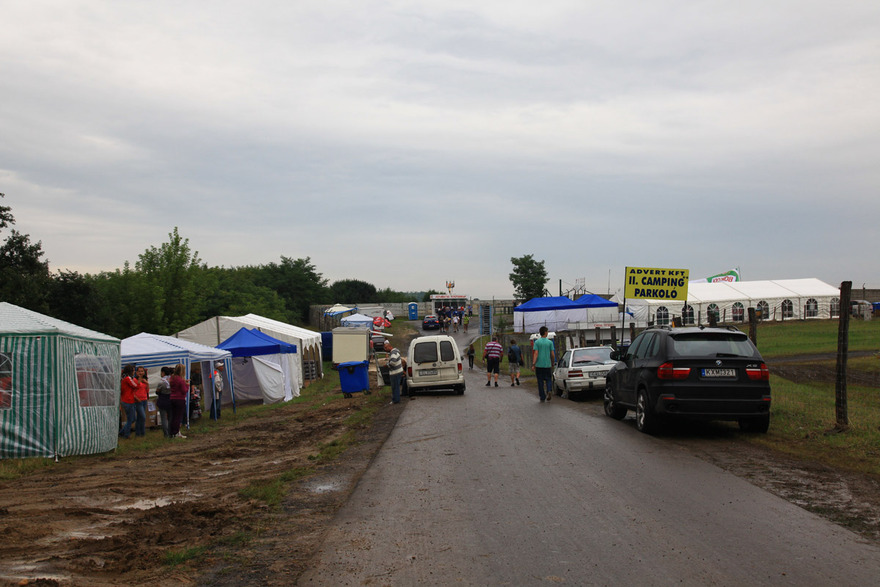
At the entrance to the Hungaroring it was about to turn, despite the fact that we arrived well before the opening of the program time. In the hour of X gates opened and fans literally ran to the pit lane.
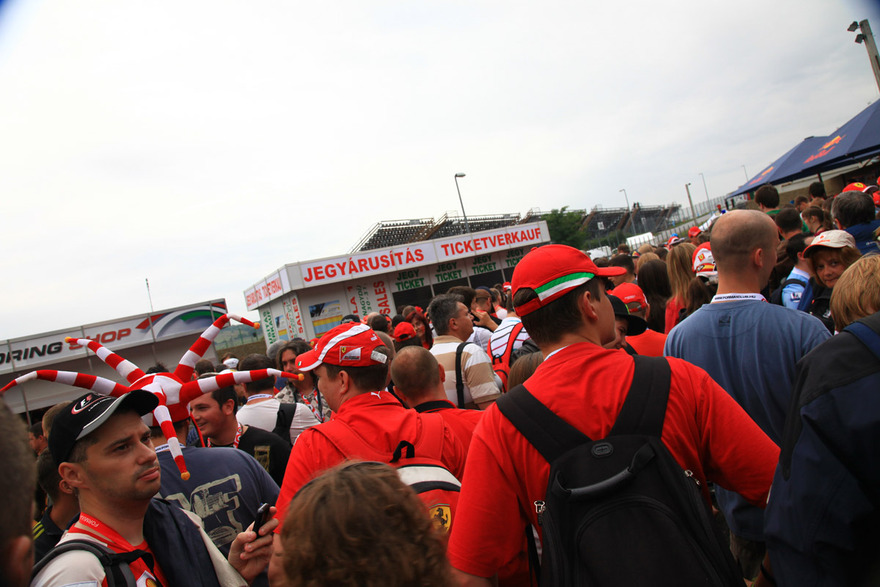

Halfway it turned out that it is necessary to make a choice: to the right — in queue for an autograph session, to the left — to the boxing team. We decided to head to the arrow autograph session, and after her to go to the pits, and we had to wait another hour.


Get ready for the fact that, as we approach the designated time, the crowd will become denser, smoothly flowing into a real crush. Meanwhile, boxing team by that time had also been enormous crowds: they all want to live to see their idols.
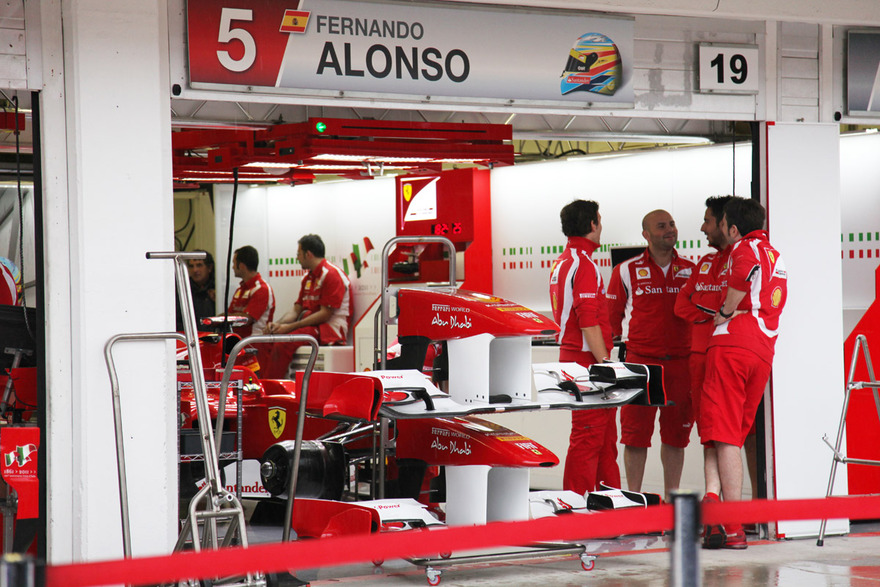
Coming back from the road, we used another mode of transport — the official comfortable 6-seater taxi, which brought our company to the hotel. In the following days we went to the race track on the free bus from Árpád híd metro station, and were pleasantly surprised by the lack of line — all quickly and comfortably.
Hungaroring is definitely worth a visit, not only on the day of the race in Formula 1, because of the weekend program also includes competitions GP2, the GP3 and Porsche Mobil 1 Supercup.
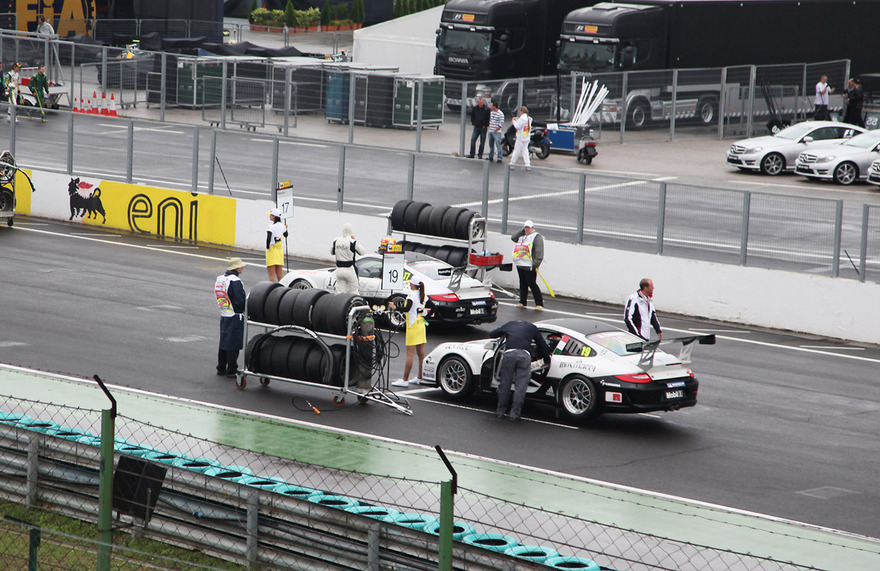

Coming back from the road, we used another mode of transport — the official comfortable 6-seater taxi, which brought our company to the hotel. In the following days we went to the race track on the free bus from Árpád híd metro station, and were pleasantly surprised by the lack of line — all quickly and comfortably.
Hungaroring is definitely worth a visit, not only on the day of the race in Formula 1, because of the weekend program also includes competitions GP2, the GP3 and Porsche Mobil 1 Supercup.

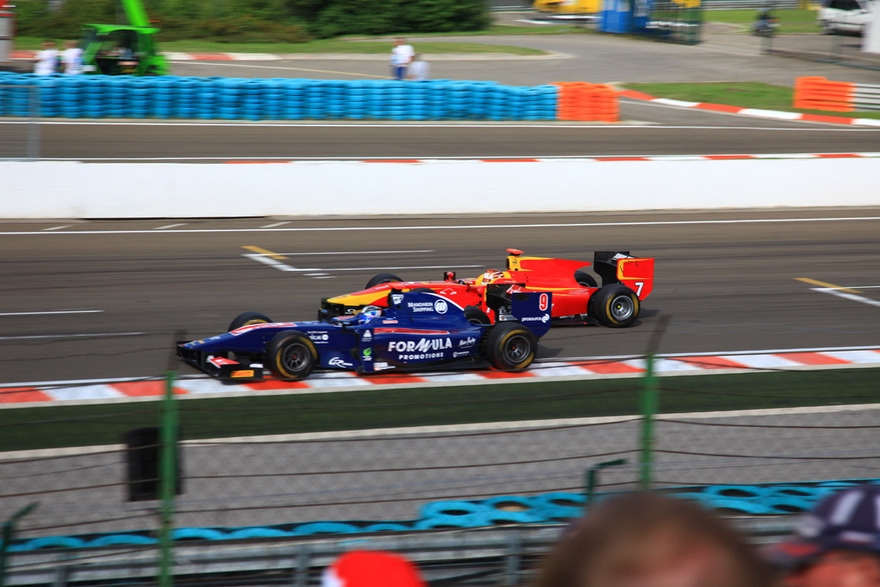
If you have a grandstand without a roof, bring a hat and sunscreen if the weather forecasters promise the sun, and if rain is forecast, we recommend that you bring a raincoat — umbrella will prevent other people to watch the race.
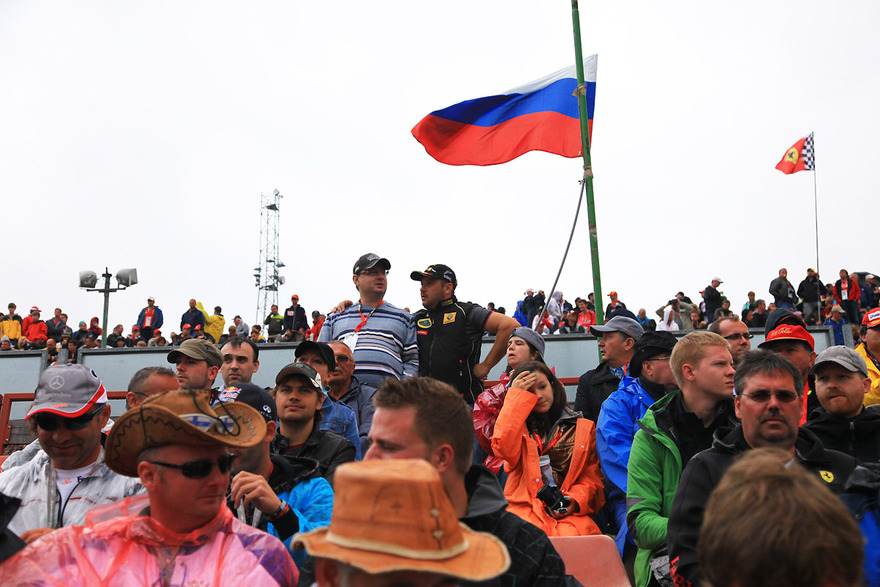

catering Points are crazy set. Such huge, rather ogromenny burgers, hot dogs and other dishes I have not seen. Perhaps the scale of servings will surprise even the most experienced, but it is worth considering that food prices certainly higher here than in the city.
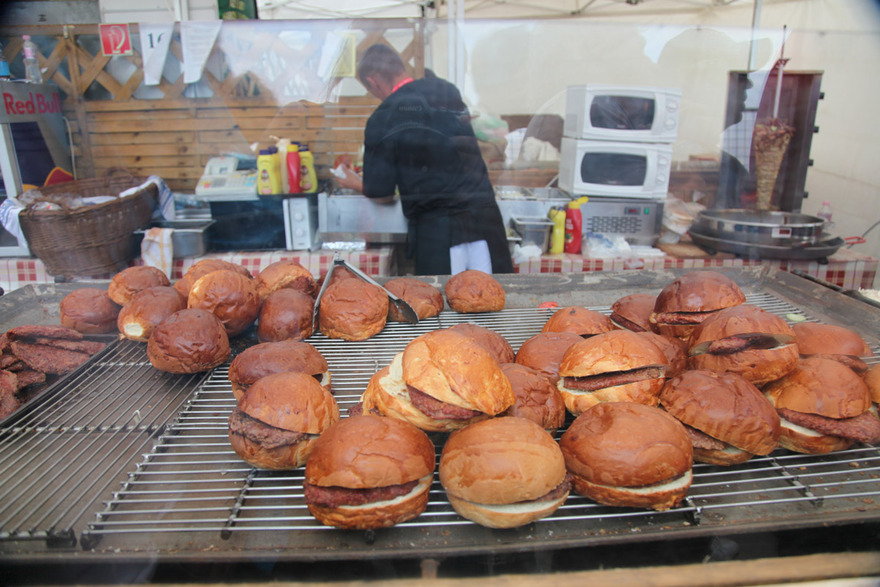

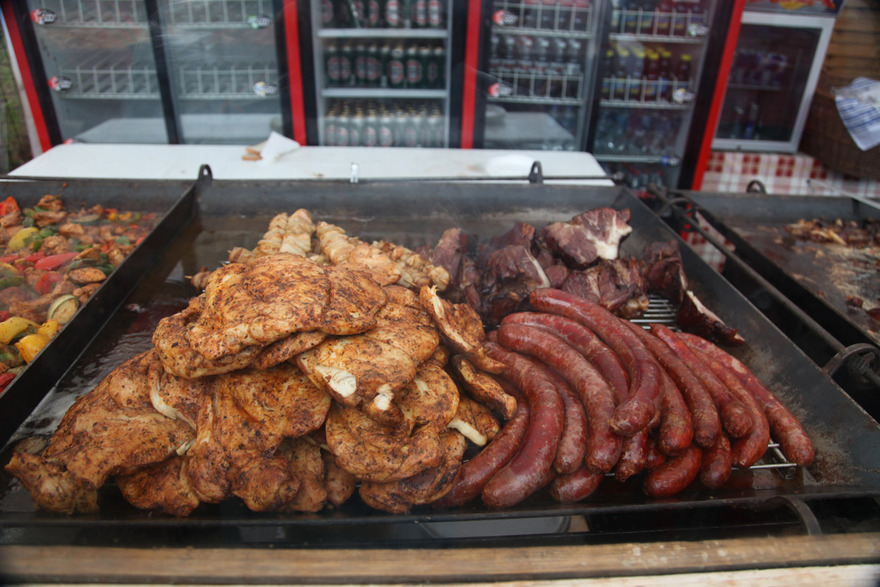
If you want to buy some souvenirs or memorabilia team, put the money in advance to buy. At the same time, remember: in the F1 Village are usually sold last collection, and in the tents at the entrance to the track — the old, but at reduced prices. At the Hungarian Grand Prix Formula 1, you can enjoy and have fun regardless of the size of the purse.
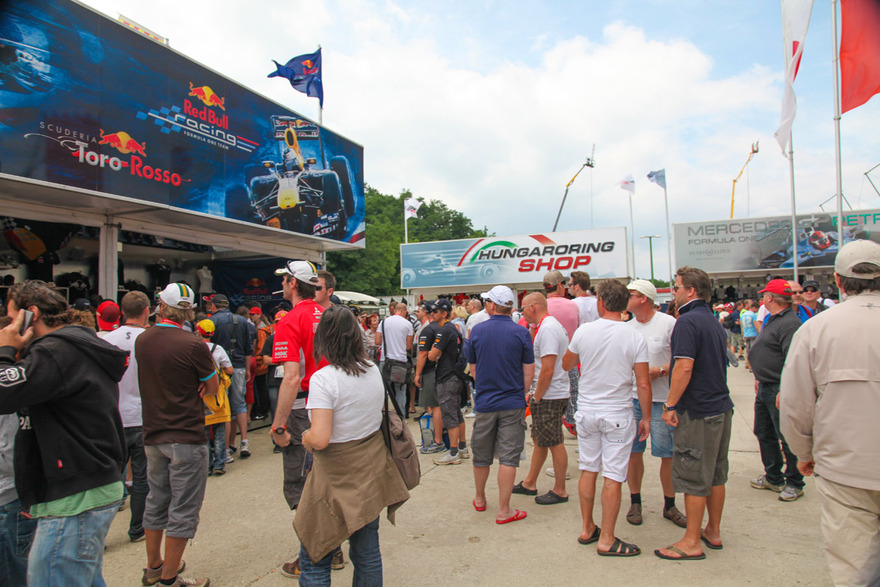
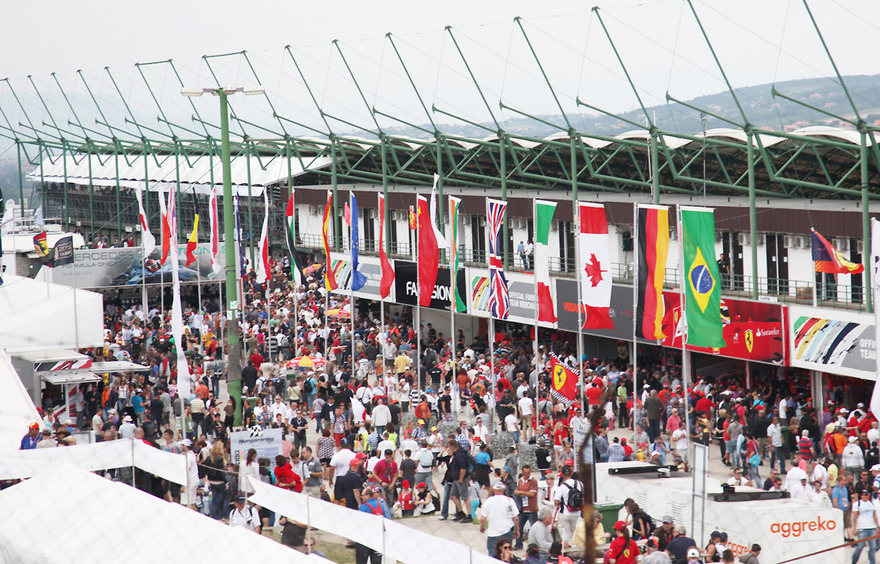
Classical. It is this definition that characterizes the race track. Hungaroring was built almost three decades ago, as a rarity — the first track of the Iron Curtain. Since that time, the Hungarian Grand Prix regularly features in the F1 calendar.
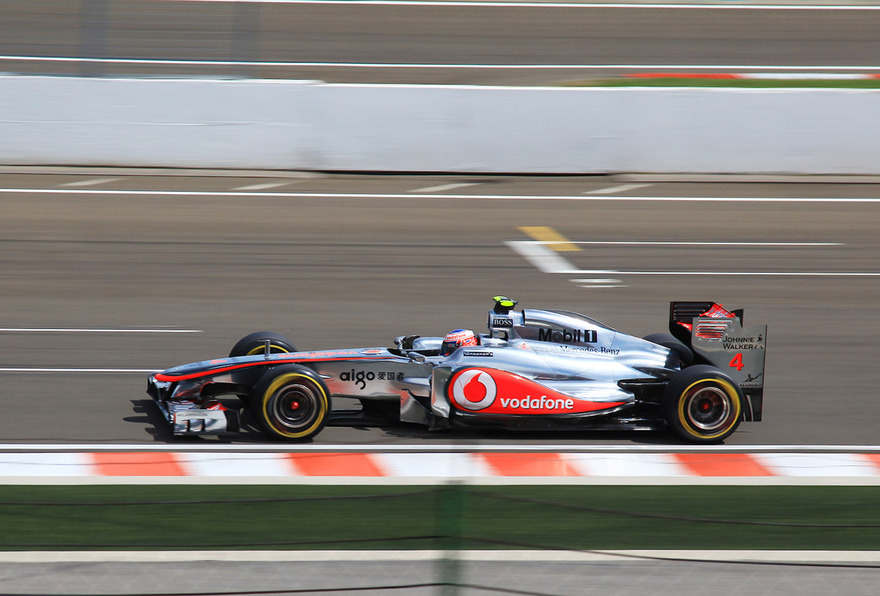

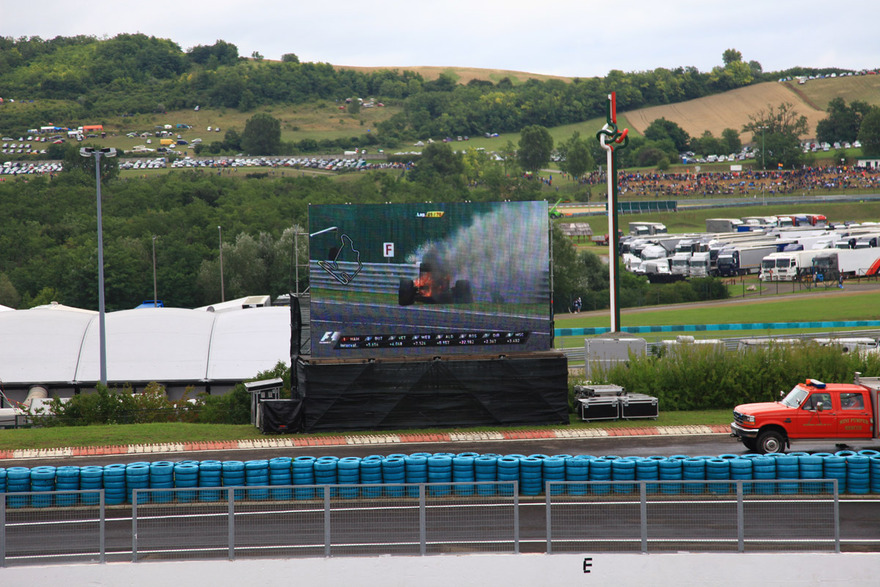
This year, the race track is preparing for the great event — the 31 th Grand Prix of Hungary, and in this case at the Hungaroring planned special additional program to the audience.
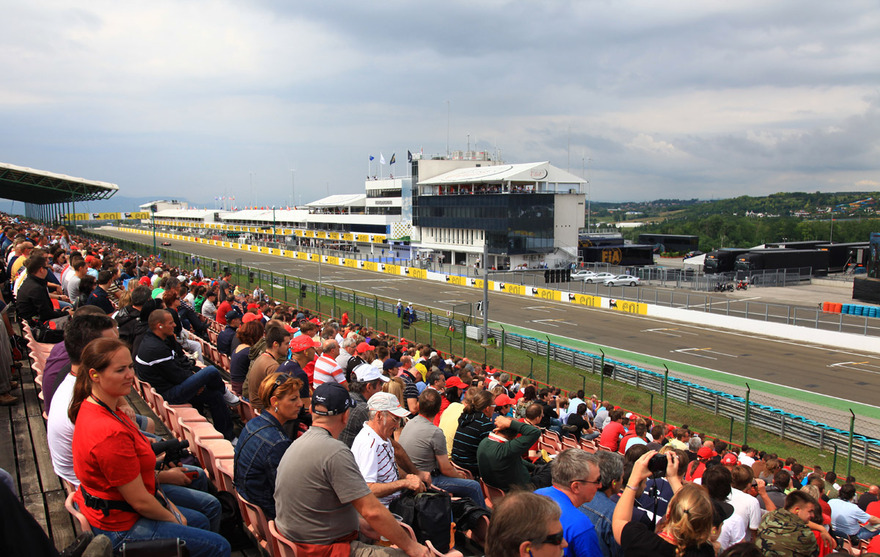

Information
The official name of the track: Hungaroring
Location: north-east from Budapest
Movement: clockwise
Track length: 4.381 km
Number of laps: 70
Number of turns: 14
Race distance: 306,630 km
Capacity stands: 120,000 people.
Record range: 1.19.071, Michael Schumacher, 2004
Location: north-east from Budapest
Movement: clockwise
Track length: 4.381 km
Number of laps: 70
Number of turns: 14
Race distance: 306,630 km
Capacity stands: 120,000 people.
Record range: 1.19.071, Michael Schumacher, 2004
Photo: Svetlana Parfyonova

